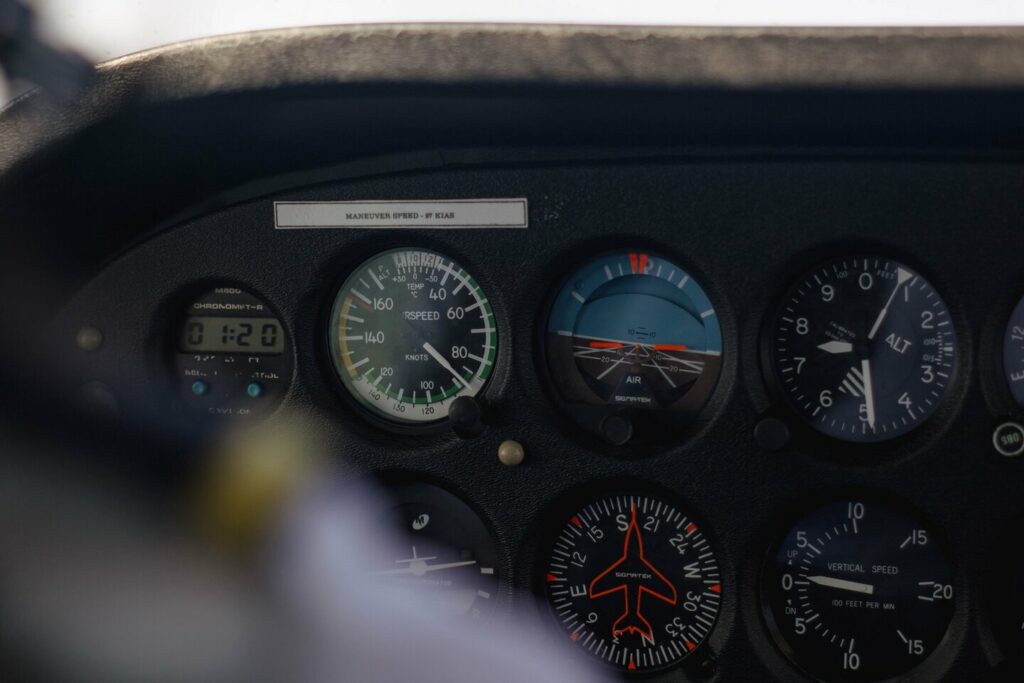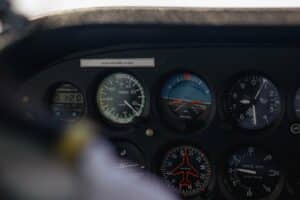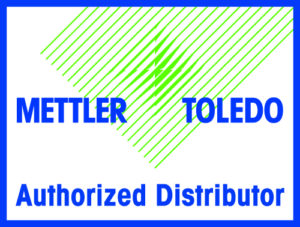Metrology Glossary: Anemometer
What Is An Anemometer?
Anemometers, ranging from cup and propeller to hot-wire and sonic variants, gauge wind speed and direction across diverse applications. Cup anemometers, featuring rotating cups, and propeller anemometers, resembling wind turbines, generate signals correlating to wind speed. Hot-wire anemometers rely on wire resistance changes due to wind flow. Sonic anemometers use ultrasonic pulses for precise measurements, while laser Doppler anemometers use laser beams to detect shifts in scattered light. Regardless of design, anemometers play vital roles in weather forecasting, aviation, environmental monitoring, and wind energy production, offering crucial insights into meteorological conditions and fluid dynamics studies.
What Are Anemometers Used For?
Anemometers are versatile instruments widely used in diverse fields. Used in weather forecasting, anemometers measure global wind conditions, aiding accurate predictions and storm tracking. In aviation, anemometers ensure safe takeoffs and landings by gauging wind at airports. Crucial for wind turbine siting, they assess potential sites for optimal energy generation. In HVAC systems, anemometers measure air flow for efficient operation. These instruments also contribute to environmental monitoring, gauging air quality and identifying areas of concern. Anemometer are ultimately important for enhancing safety, efficiency, and environmental awareness across a range of applications.








